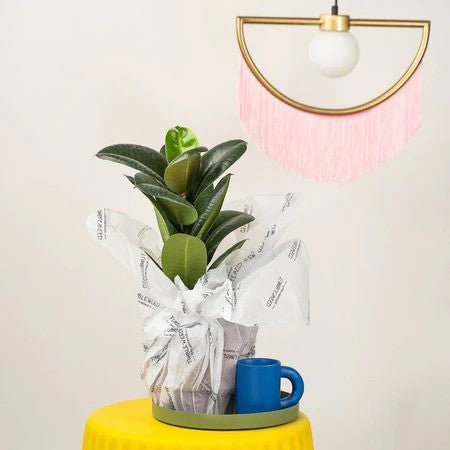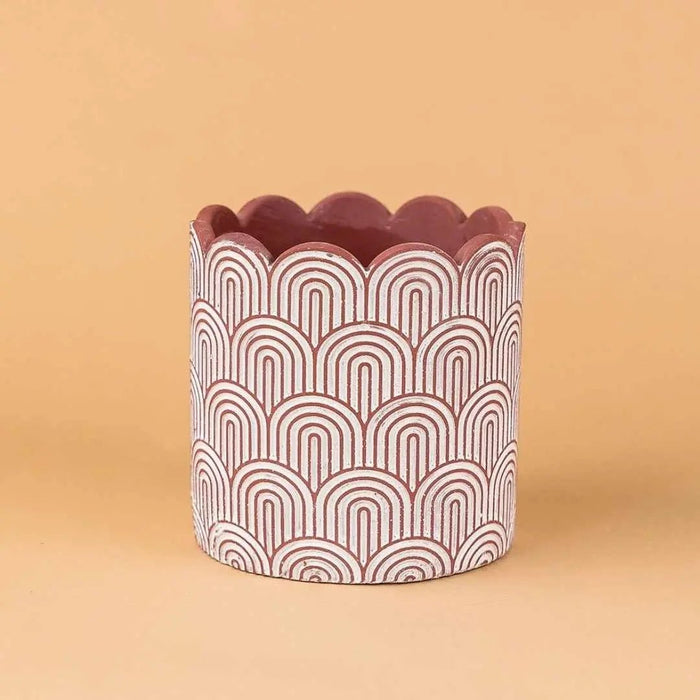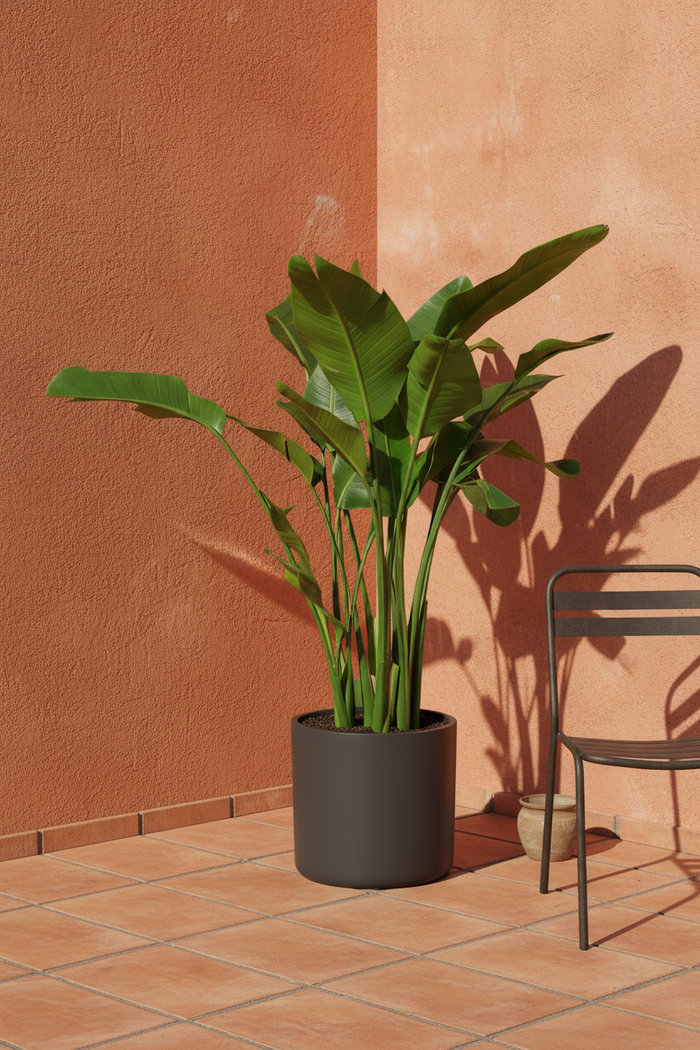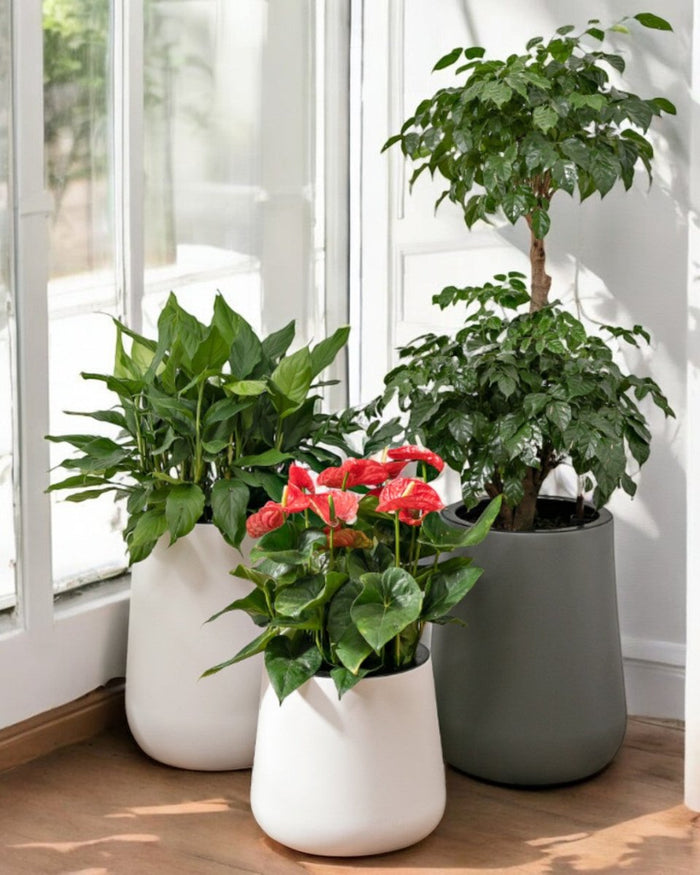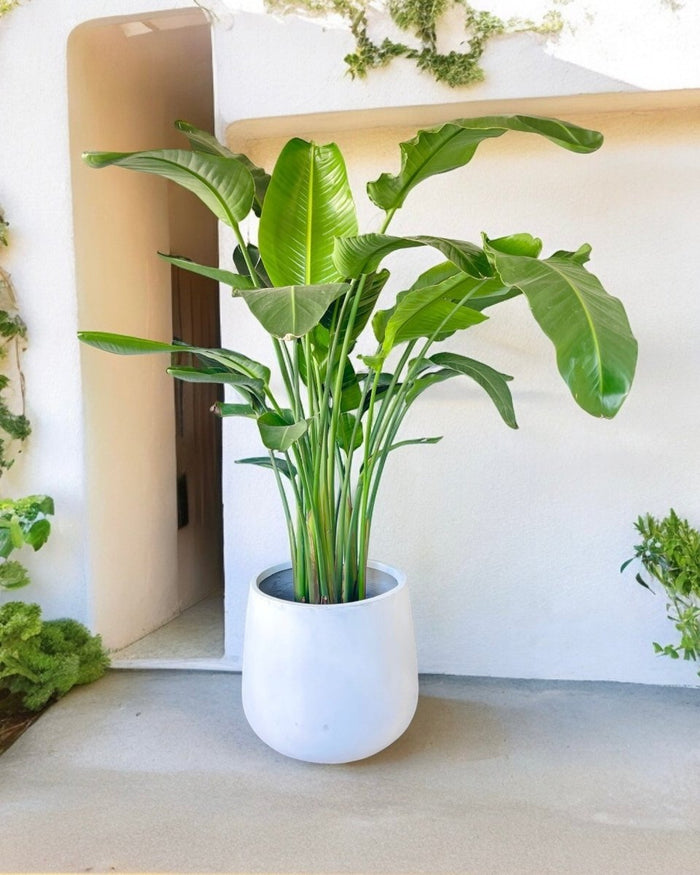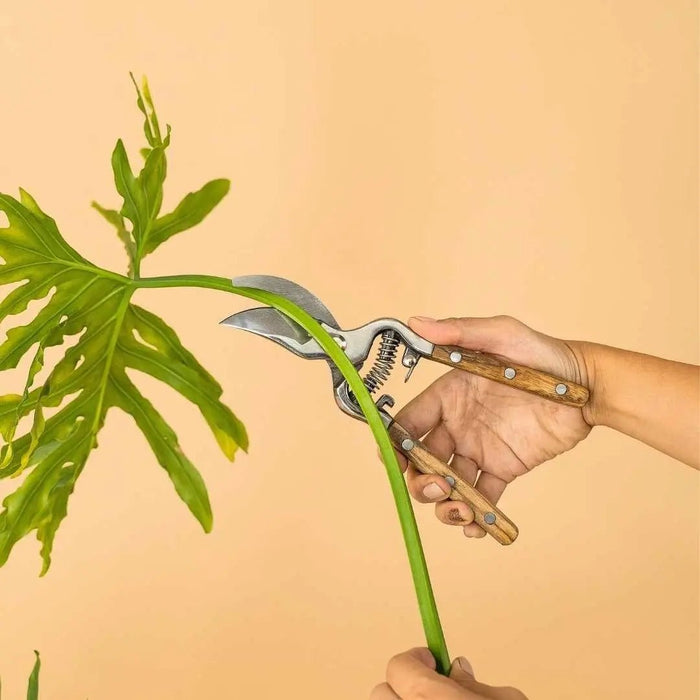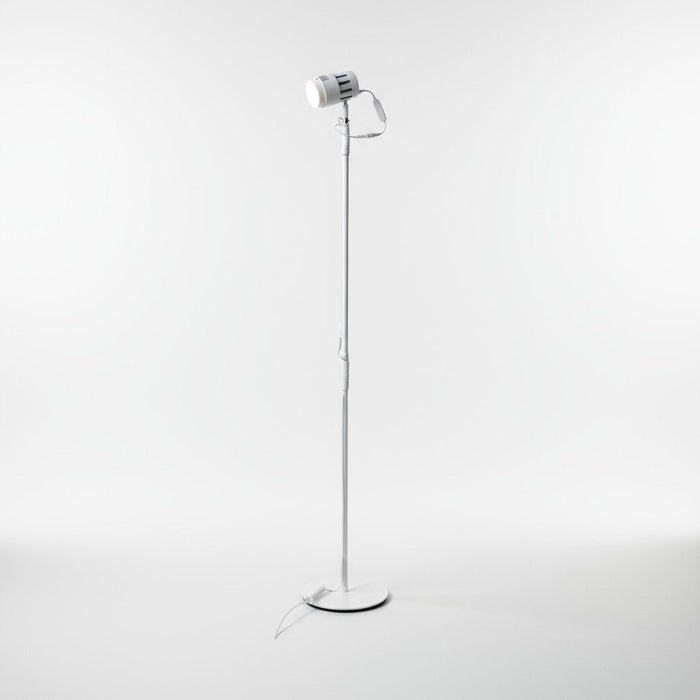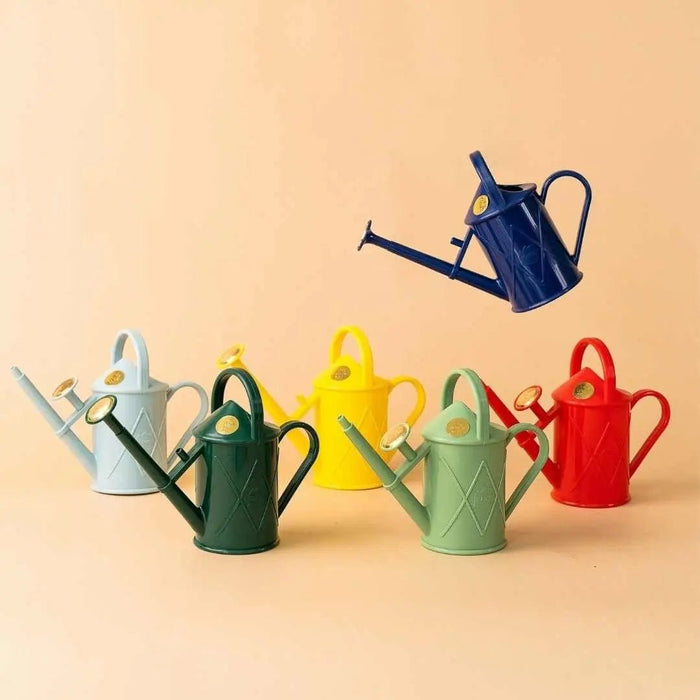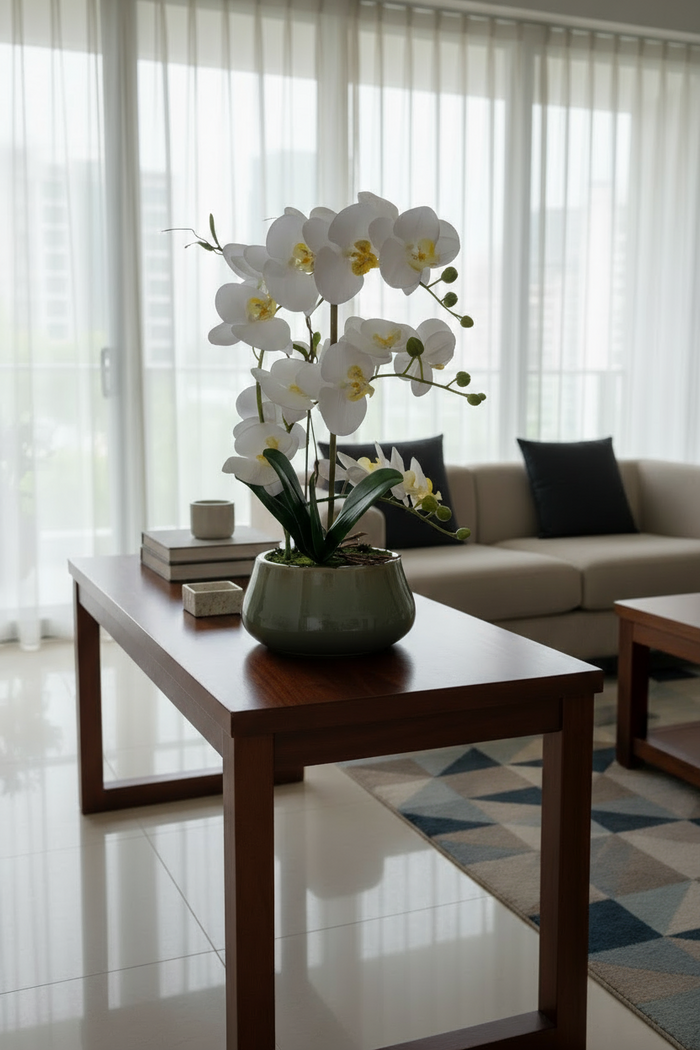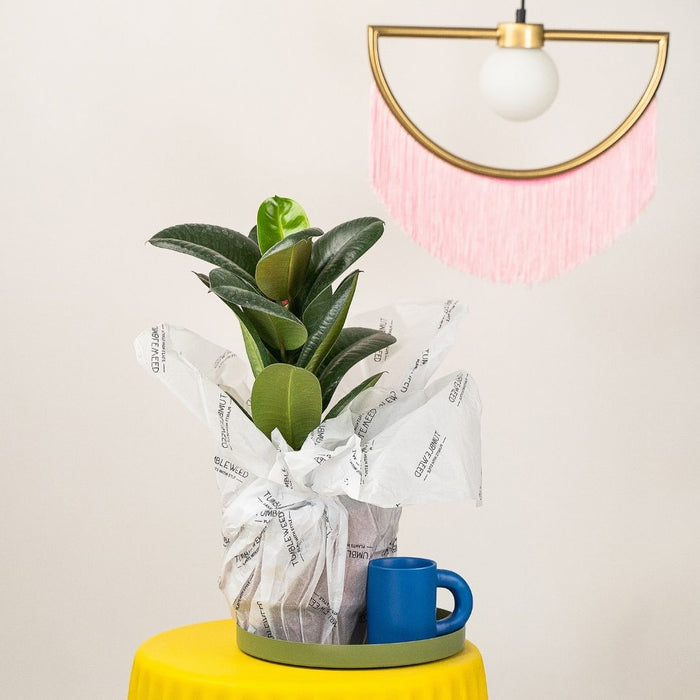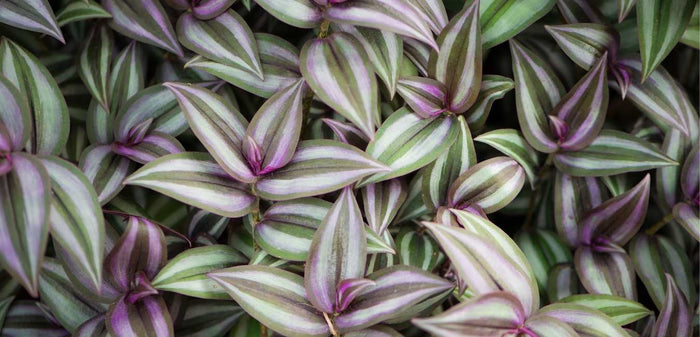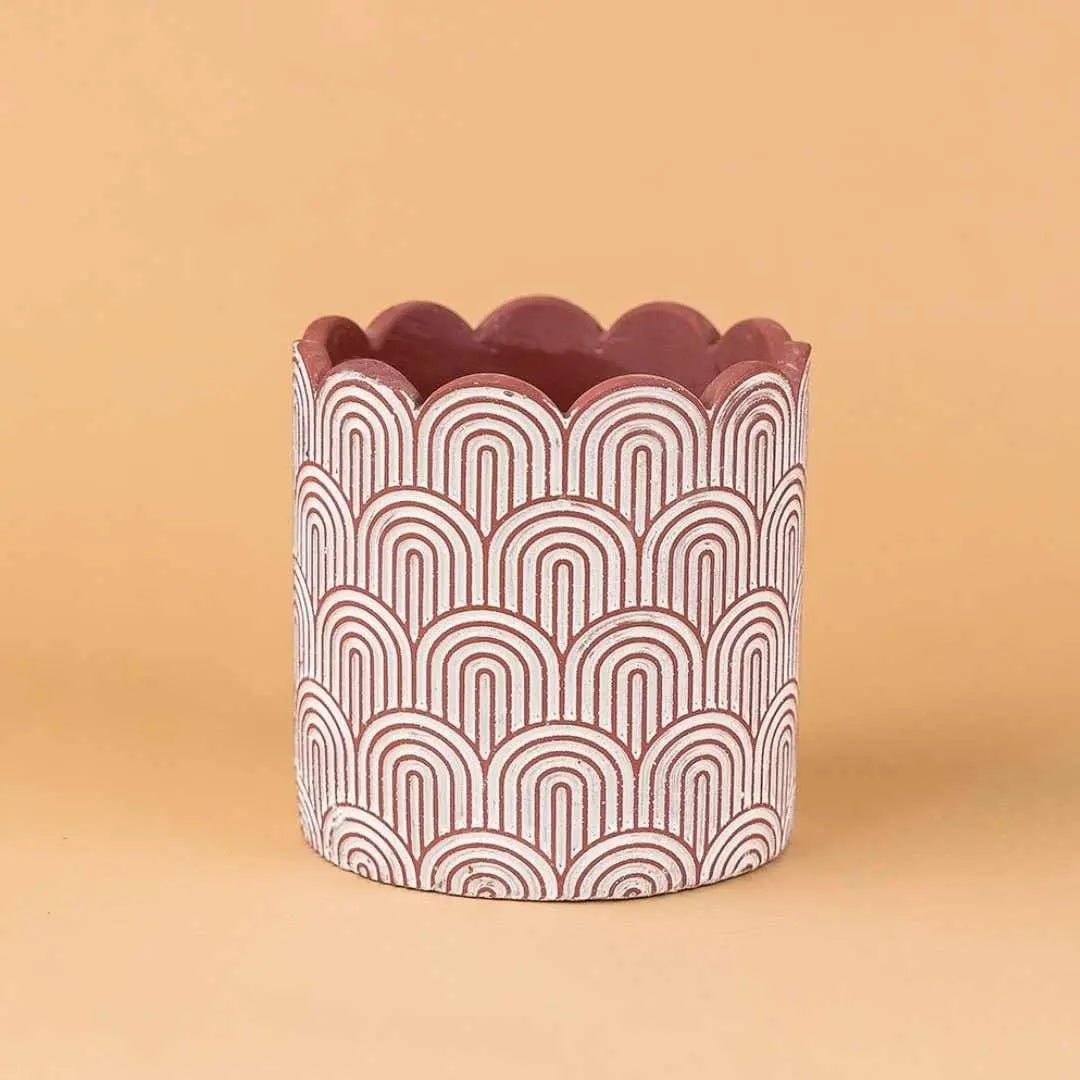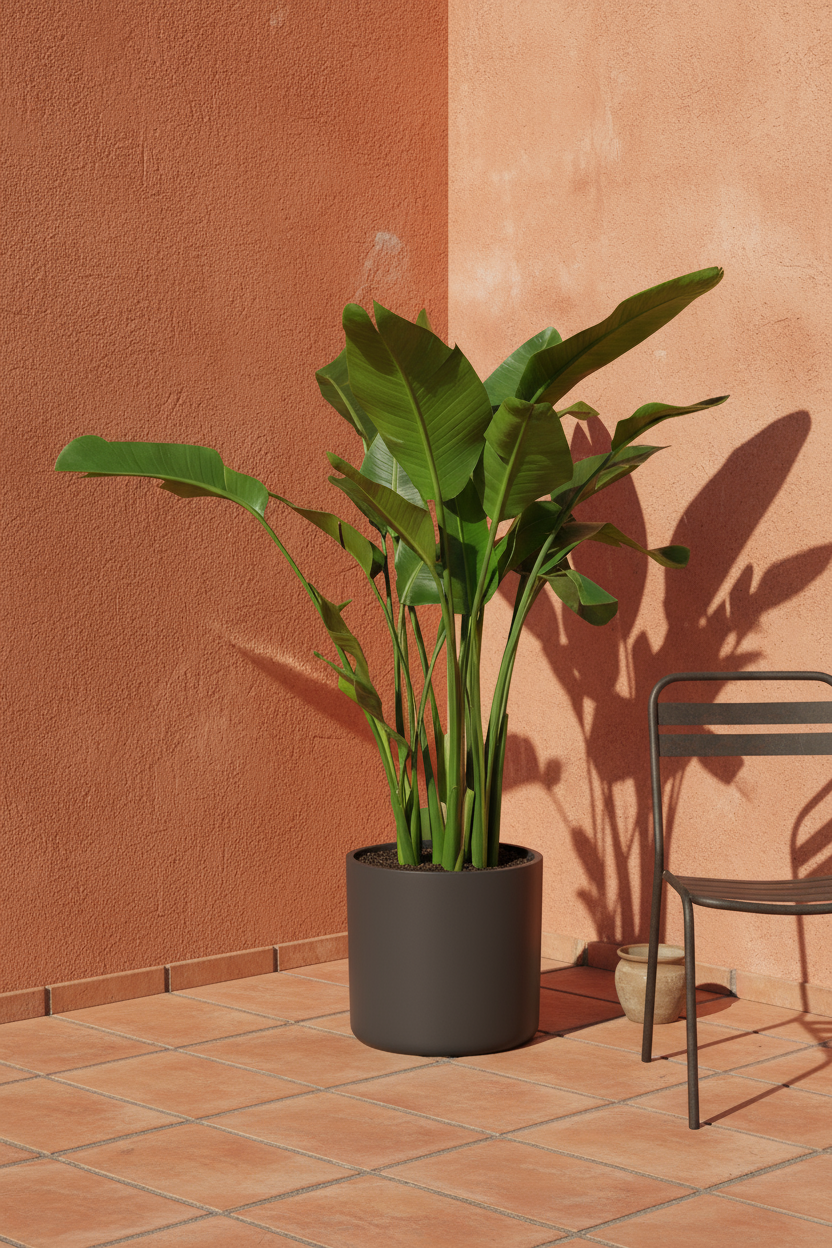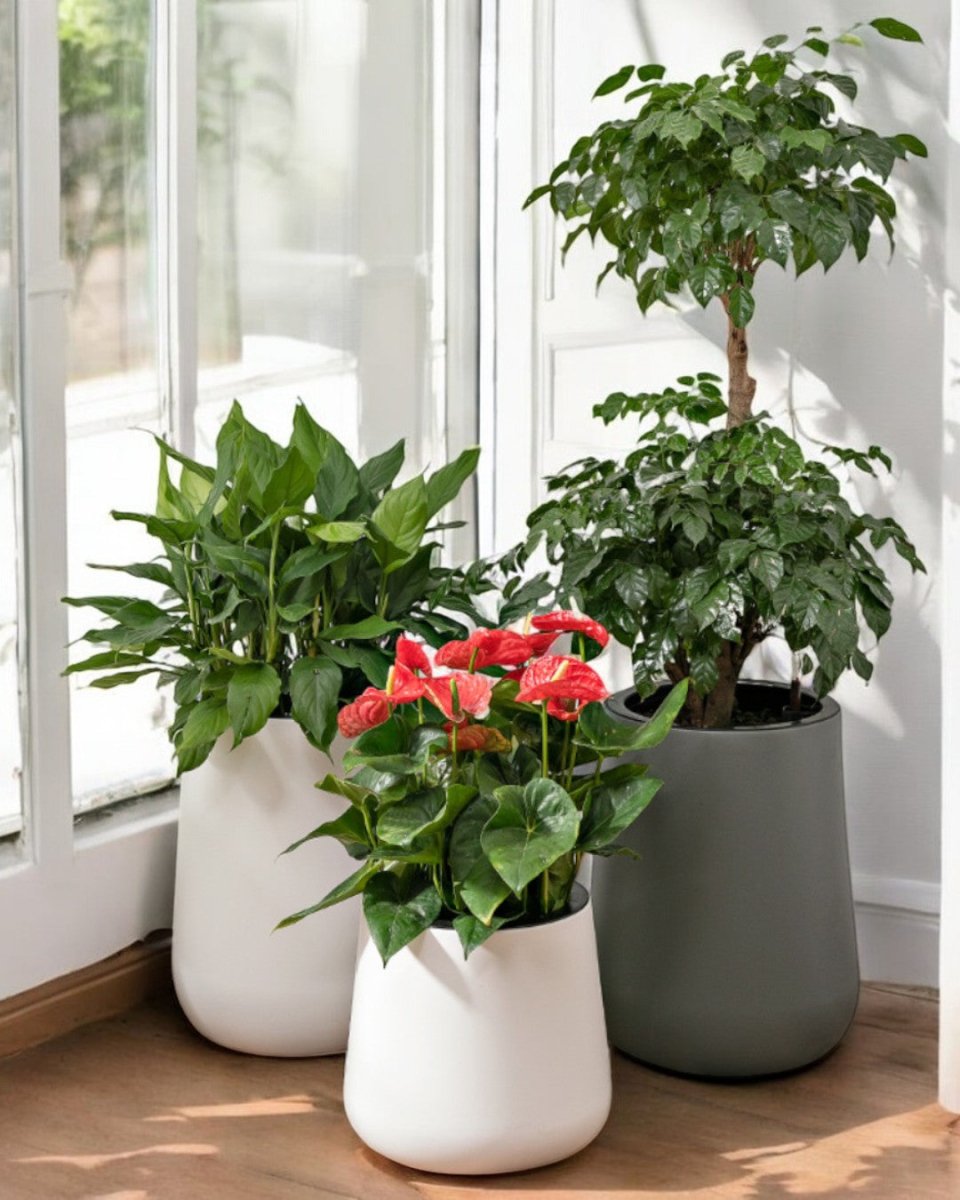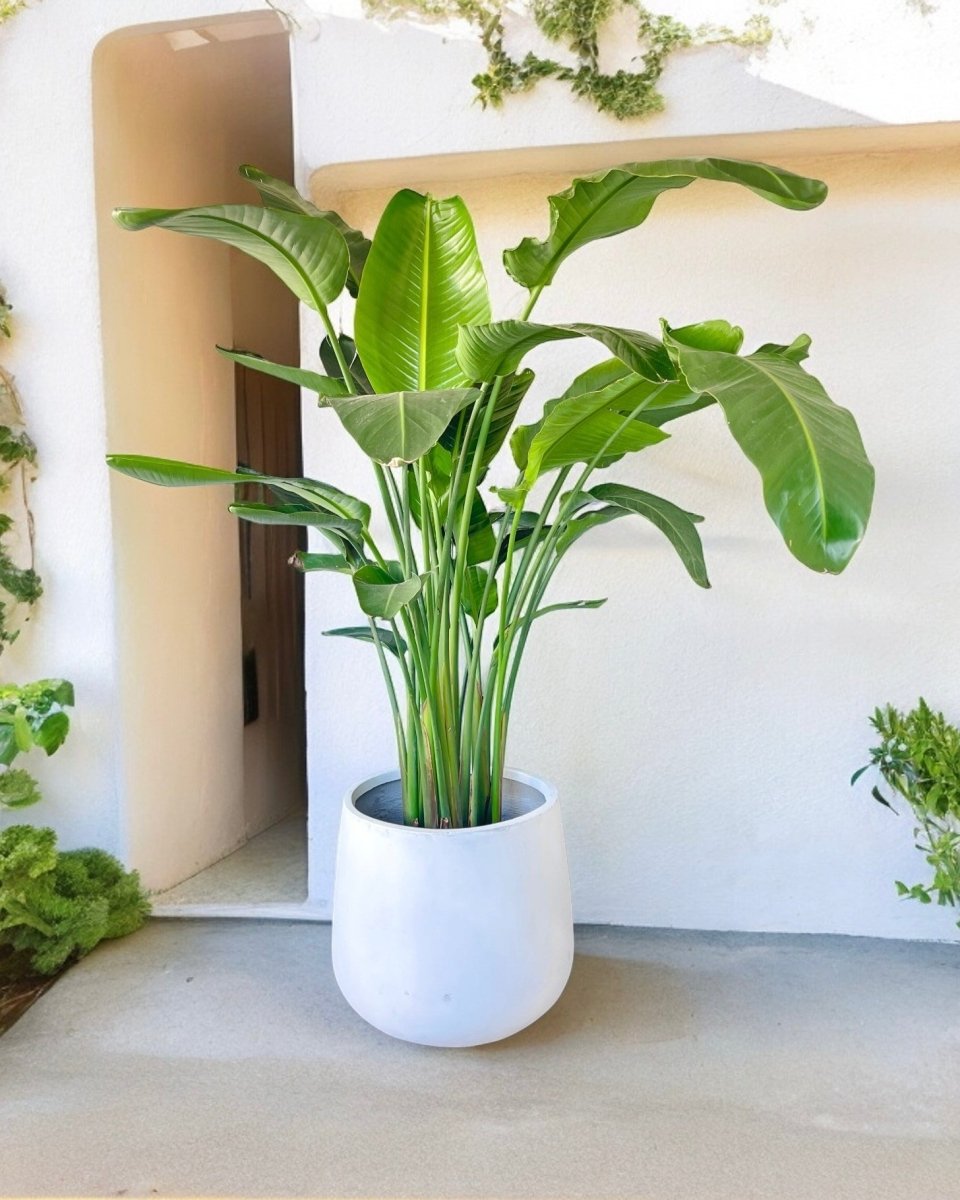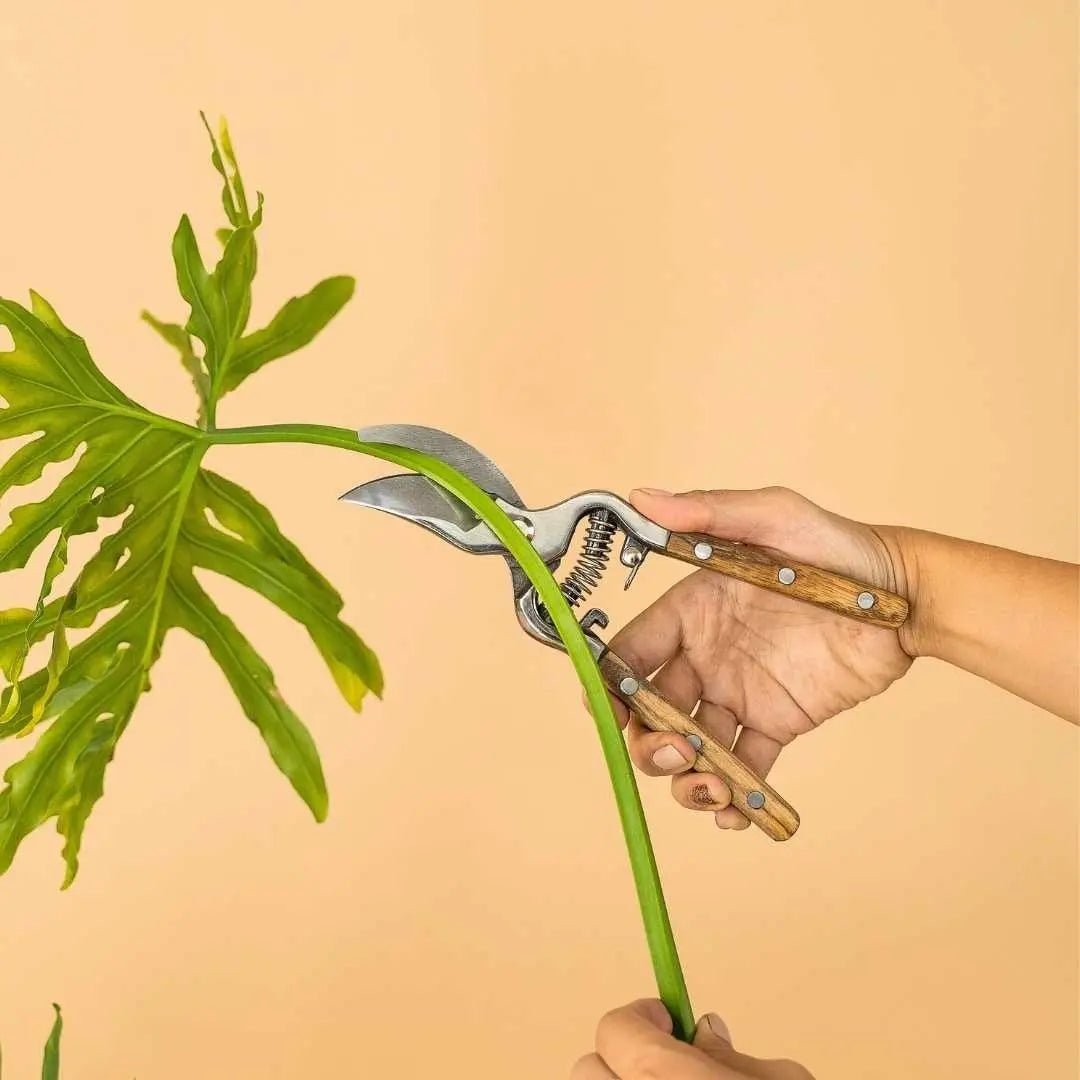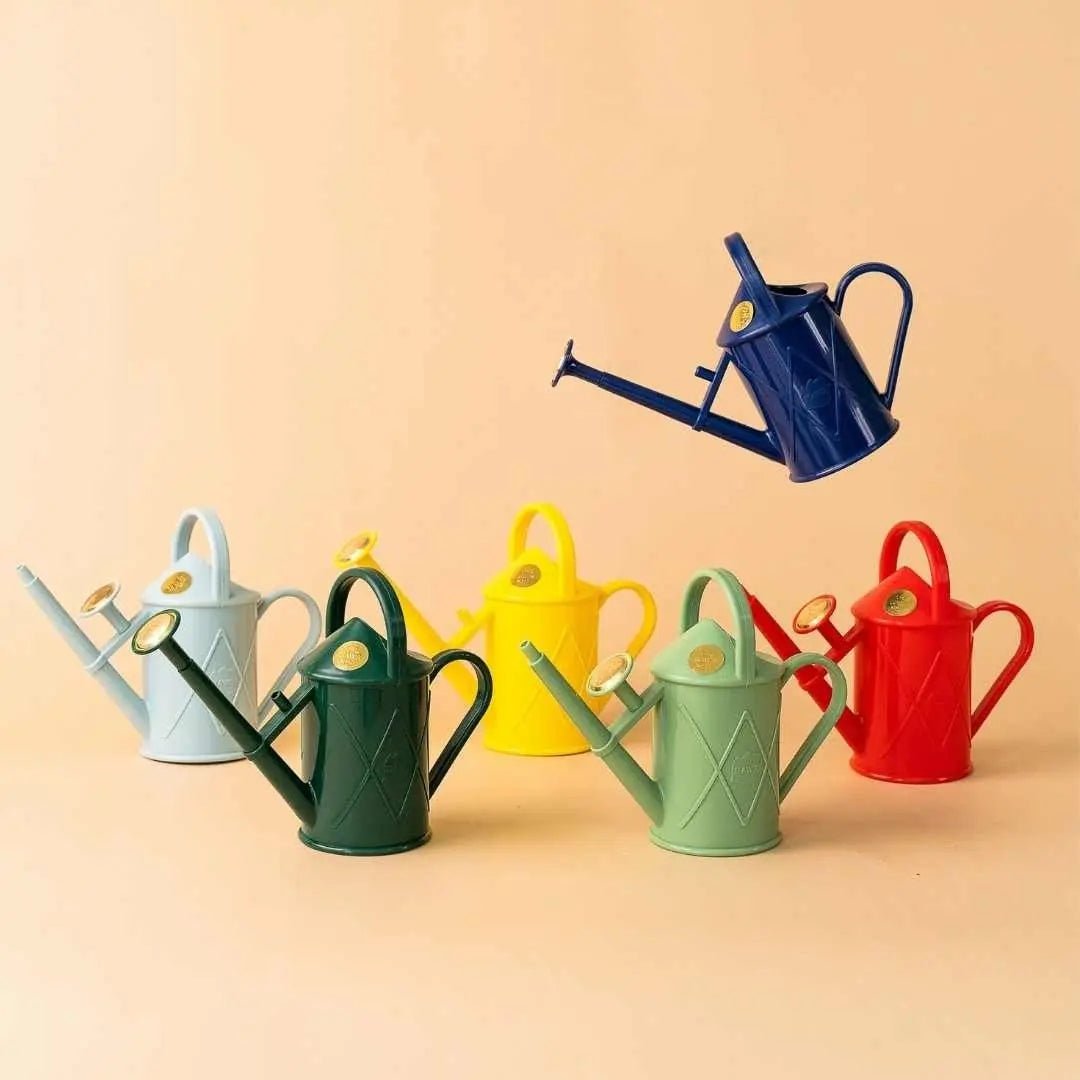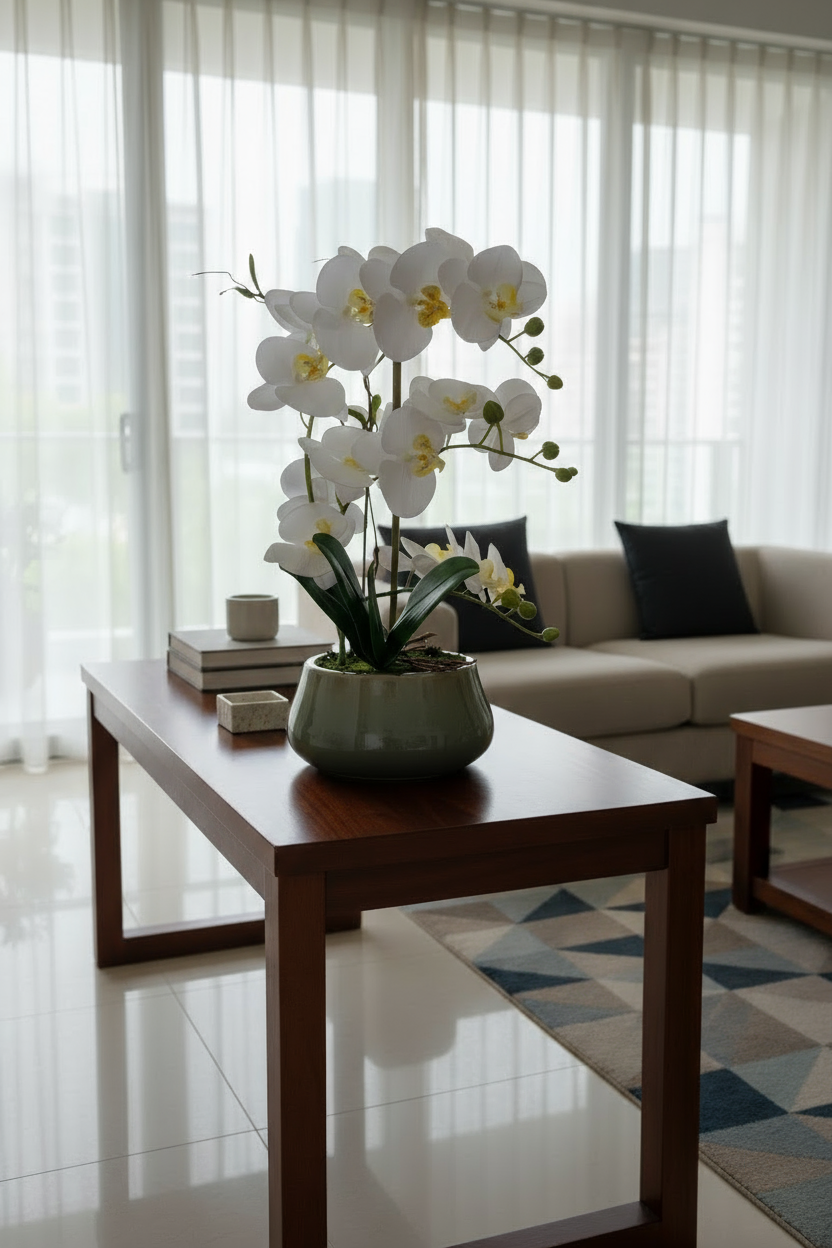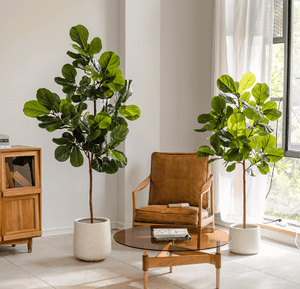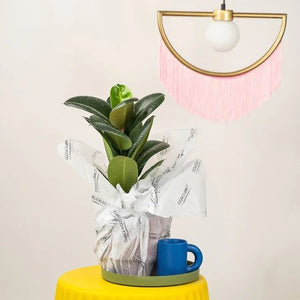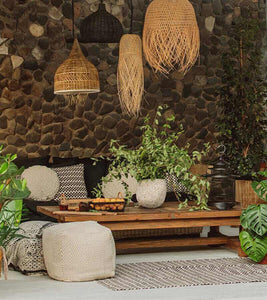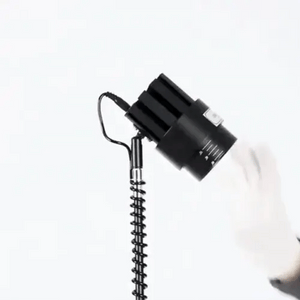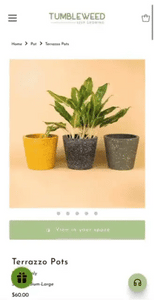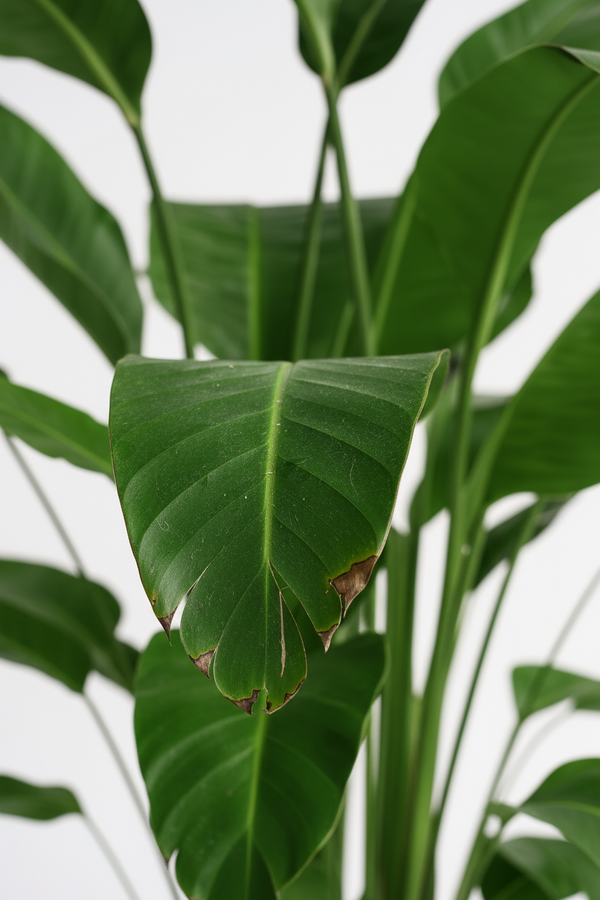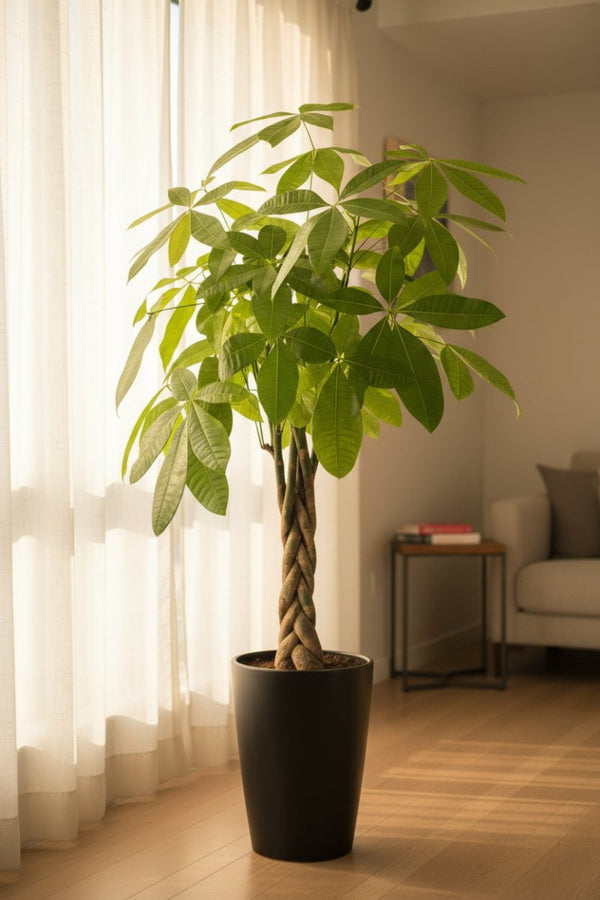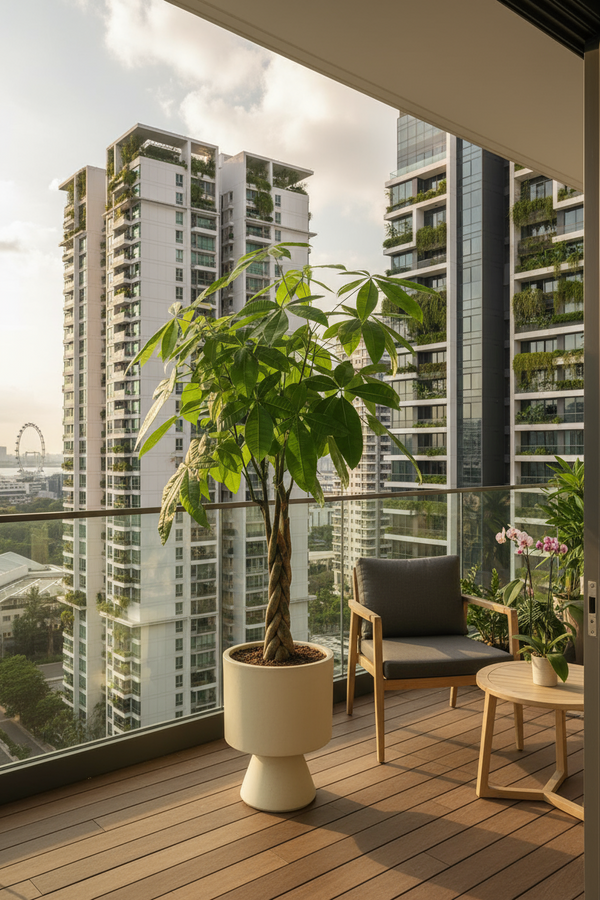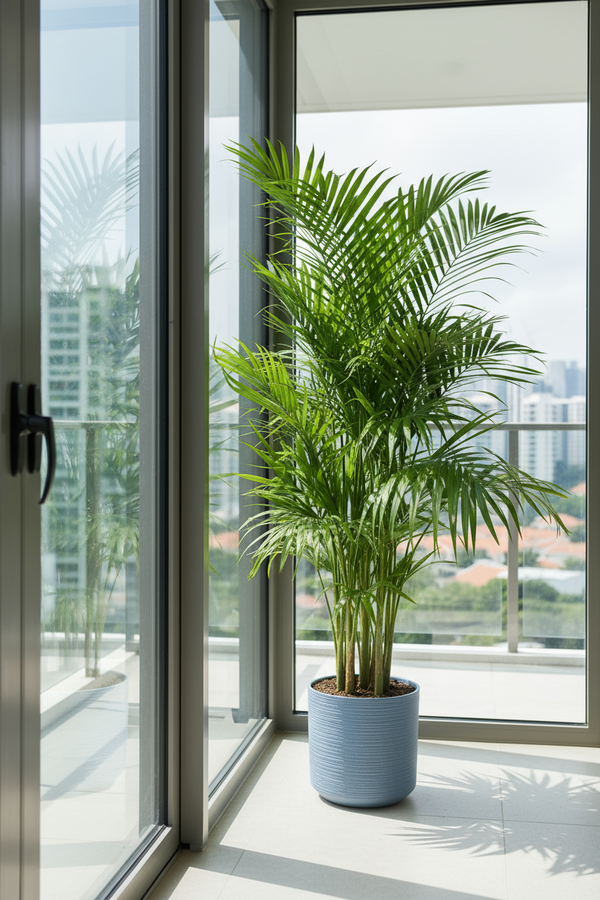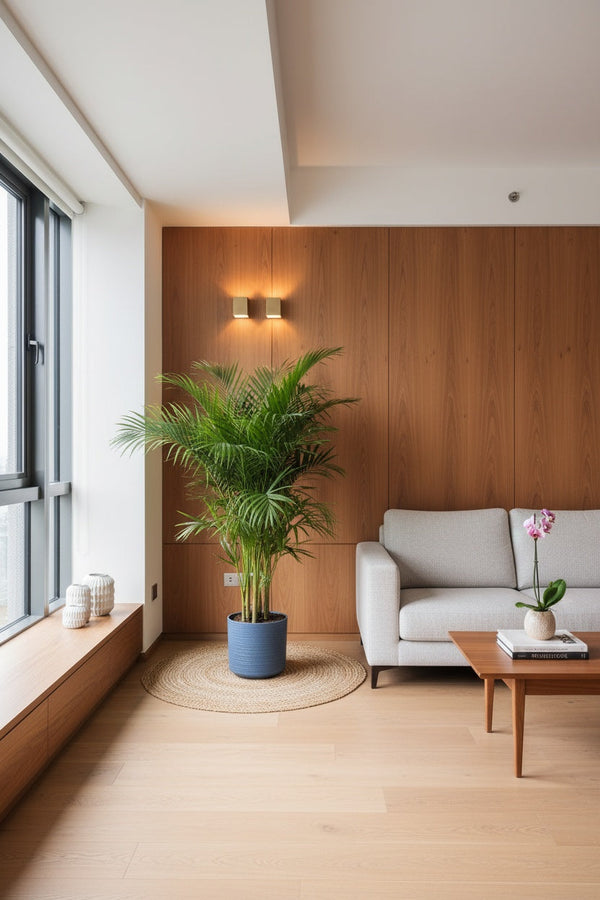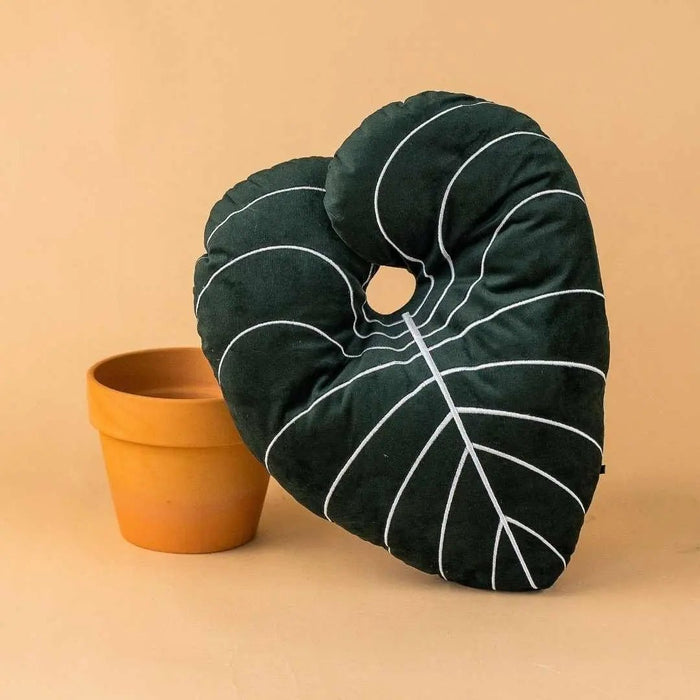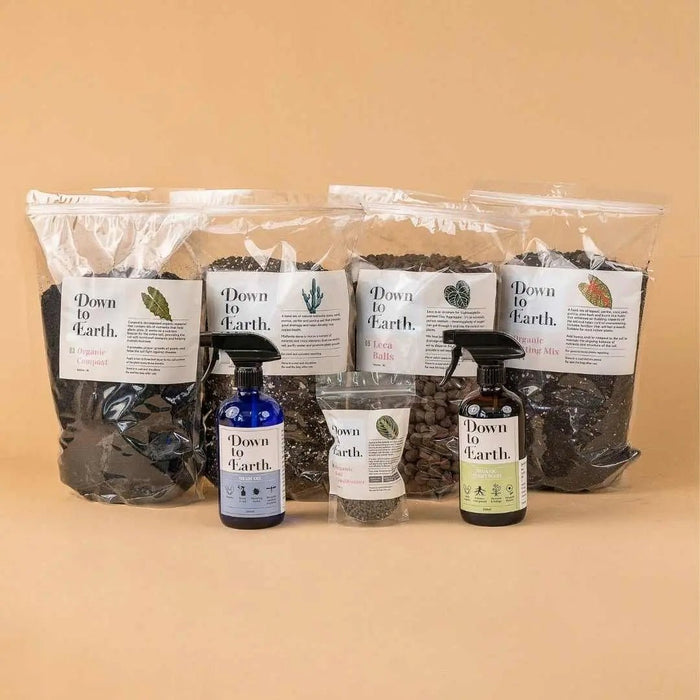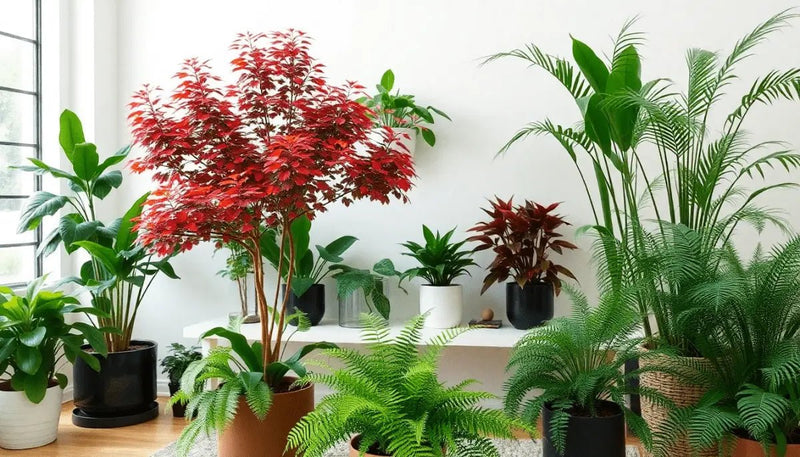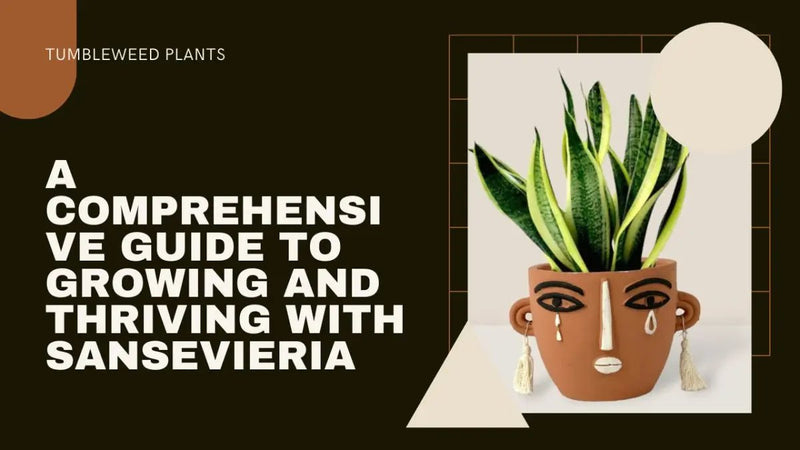Explore the Best Indoor Plants for Your Home: From Japanese Maple to Lucky Bamboo and More in 2025
Posted on March 16 2025
Introduction
Indoor plants are not just decorative elements; they are essential companions that enhance our living spaces and contribute to our mental and physical well-being. As we move into 2025, the popularity of houseplants continues to grow, with more people recognizing their benefits. From purifying the air to creating a calming atmosphere, the right plants can transform your home into a serene oasis. In this article, we will delve into some of the best indoor plants available, including the stunning Japanese Maple and the resilient Lucky Bamboo. We’ll also provide care tips, benefits, and internal links to our product offerings for plant lovers.
1. Japanese Maple
The Japanese Maple is renowned for its stunning foliage and architectural beauty. This small tree can thrive indoors, making it a perfect choice for those who want to bring a touch of nature inside. Here’s what you need to know about caring for a Japanese Maple:
- Light: Prefers bright, indirect sunlight. Place it near a window where it can receive filtered light.
- Watering: Keep the soil consistently moist but not soggy. Overwatering can lead to root rot, so ensure proper drainage.
- Humidity: Japanese Maples thrive in a humid environment. Consider using a pebble tray or a humidifier if your home is dry.
- Pruning: Regular pruning helps maintain its shape and encourages new growth.
In addition to its beauty, the Japanese Maple is believed to symbolize peace and tranquility, making it a great addition to any home. Explore our selection of Japanese Maples to find the perfect one for your space.
2. Lucky Bamboo
Lucky Bamboo is one of the most popular indoor plants, prized for its unique appearance and association with good fortune. Unlike traditional bamboo, Lucky Bamboo is a type of Dracaena, making it easy to care for and perfect for beginners. Here are some key points about Lucky Bamboo:
- Light: Thrives in low to medium indirect light, making it ideal for various indoor environments.
- Watering: Can be grown either in water or soil. If in water, change it every two weeks to prevent bacteria buildup.
- Feng Shui: In Feng Shui practices, Lucky Bamboo is believed to bring good luck, prosperity, and positive energy into the home.
- Arrangement: The number of stalks in an arrangement signifies different blessings; for instance, three stalks are for happiness, five for wealth.
The Lucky Bamboo is low-maintenance and adaptable, making it a perfect gift for friends and family. Check out our collection of Lucky Bamboo to add a touch of luck to your home.
3. Snake Plant
The Snake Plant, often referred to as Mother-in-Law's Tongue, is a resilient plant known for its striking upright leaves and ability to survive in various conditions. It is an excellent choice for both novice and experienced plant owners. Here are some care tips:
- Light: Tolerates low light but thrives in bright, indirect light. Avoid direct sunlight to prevent leaf burn.
- Watering: Allow the soil to dry out completely between waterings. This plant is drought-tolerant and prefers neglect over overwatering.
- Air Purification: Snake plants are known for their air-purifying qualities, filtering toxins and improving indoor air quality.
- Propagation: Easy to propagate through leaf cuttings or by dividing the roots.
This plant is perfect for busy individuals who want to enhance their home without the commitment of frequent care. Discover our range of Snake Plants to find the right fit for your space.
4. Pothos
Pothos is a versatile and hardy plant that’s perfect for anyone looking to add greenery to their home. Known for its heart-shaped leaves and trailing vines, Pothos can adapt to various conditions and is ideal for beginners. Here’s what you need to keep in mind:
- Light: Adapts to a range of light conditions, from low light to bright, indirect light. However, it grows best in moderate light.
- Watering: Water when the top inch of soil feels dry. Overwatering can lead to root rot.
- Growth Habit: Can be trained to climb a trellis or allowed to trail from a hanging basket, offering various decorative options.
- Pest Resistance: Pothos is relatively pest-resistant but keep an eye out for mealybugs and spider mites.
Pothos is not just beautiful but also effective in removing indoor pollutants. Explore our collection of Pothos plants to find the perfect addition to your home.
5. Peace Lily
The Peace Lily is a stunning indoor plant known for its elegant white blooms and air-purifying abilities. It’s a popular choice for offices and homes alike. Here’s how to care for your Peace Lily:
- Light: Prefers low to medium, indirect sunlight. Avoid direct sunlight as it can scorch the leaves.
- Watering: Keep the soil consistently moist, but do not overwater. If the leaves start to droop, it’s a sign that it needs water.
- Blooming: Flowers can last for months when properly cared for, adding a touch of elegance to your space.
- Toxicity: Be aware that Peace Lilies are mildly toxic to pets if ingested, so place them out of reach.
The Peace Lily symbolizes purity and peace, making it a meaningful gift. Check out our selection of Peace Lilies to bring beauty and tranquility into your home.
6. Fiddle Leaf Fig
The Fiddle Leaf Fig has gained immense popularity for its large, glossy leaves and dramatic presence. This statement plant can elevate the style of any room. Here are some care tips:
- Light: Prefers bright, indirect sunlight. A south-facing window is ideal.
- Watering: Water when the top inch of soil is dry. Be cautious of overwatering, as it can lead to root rot.
- Humidity: Enjoys humidity; consider misting the leaves or placing a humidifier nearby.
- Pruning: Regularly prune to maintain its shape and promote bushier growth.
The Fiddle Leaf Fig can make a bold statement in your living room or office. Explore our collection of Fiddle Leaf Figs to find the perfect match for your decor.
7. Spider Plant
The Spider Plant is a beloved houseplant known for its arching leaves and small offshoots, often referred to as 'babies.' It’s an excellent choice for those new to plant care. Here’s how to care for a Spider Plant:
- Light: Thrives in bright, indirect light but can tolerate low light conditions.
- Watering: Allow the soil to dry out between waterings. They are drought-tolerant and prefer less water.
- Propagation: Easily propagated through its 'babies,' which can be potted up to create new plants.
- Air Purification: Known for its air-purifying abilities, making it a great addition to any home.
The Spider Plant is not only easy to care for but also adds a playful touch to your home. Check out our selection of Spider Plants to add some character to your living space.
Conclusion
Incorporating indoor plants into your home in 2025 can significantly enhance your living environment. Each of the plants discussed, from the elegant Japanese Maple to the lucky Lucky Bamboo, offers unique benefits and beauty. By understanding their care requirements and benefits, you can create a thriving indoor garden that not only beautifies your space but also improves your overall well-being. Explore our extensive collection of indoor plants and find the perfect additions to your home today!

